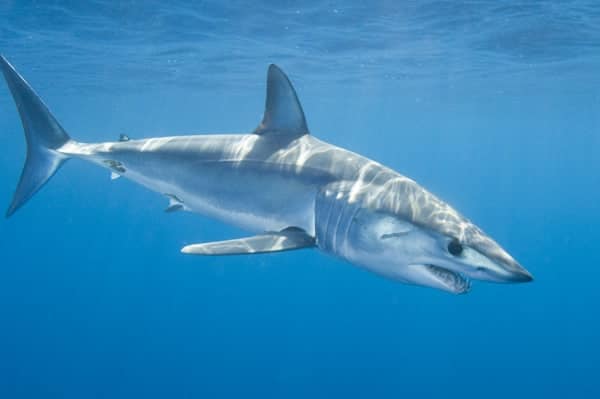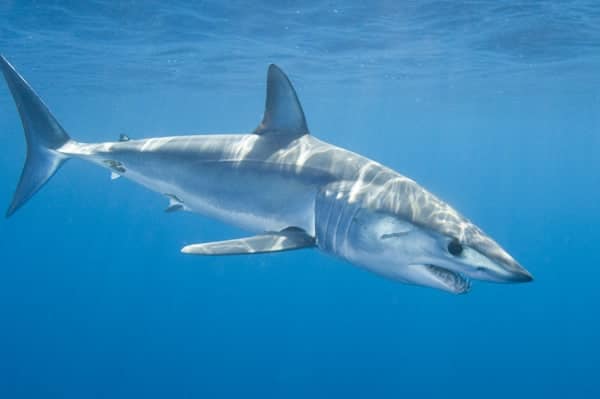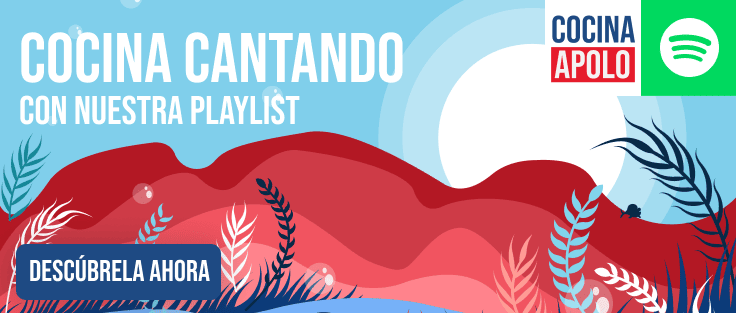The fish that we bring you today is one that can be found in abundance in our waters and on our plates. Not always when eating caella you know that it is caella itself, tintorera or if it is something else. Today we are going to tell you something about this beautiful animal so that we can continue to grow the culture of the sea, which does not begin and end in our dishes, but has a history.
The caella
The caella is known by many names: the scientific name prionace glauca, the colloquial name of caella, the more poetic name of leatherfish, the descriptive name of blue shark and the most common name when it comes to naming it, the name of blue sharkis sometimes a misnomer. This is because all blue sharks are cowries but not the other way around. The blue shark is a subspecies of the caella, it is the most widespread name and is how these fish are known.
Those who are used to eating it and do not know the type of fish we are talking about are usually surprised. The caella is a very aggressive species. It belongs to the shark family and it seems that eating a shark is something that attracts a lot of attention.

Where it is found
The caella is a pelagic animal. Pelagic is the word that defines the animals that live in the pelagic, the upper part of the sea. The pelagic is counted from the surface to 200 meters deep.
We can find this fish in practically all the waters of the world, however it is abundant in the waters of the south of Spain, for example. There, the people who go to sea know it perfectly well. They know it for its aggressiveness but above all for its abundance. It is not an animal in danger of extinction.
On the plate
The meat of this animal is quite affordable. It is usually prepared in cubes, marinated or not, similar to dogfish. It is also eaten as a fillet. When eaten as a fillet, it can be confused, especially at first sight, with swordfish meat. The size of its loin is similar and it is understandable the mistake, however the flavor is different.
It is a very tender meat that children tend to like very much. The meat of this fish is cheap, as we have said, but it is not because of its quality. The meat of the caella has nothing to envy to that of the dogfish. The problem is that dogfish fishing is done at greater depths and is more expensive to carry out.






Acabo de descubrir este pescado y me encanta es suave y delicioso al paladar
Yo también lo acabo de descubrir, es tierno y sabroso y, al ser cartilaginoso, no tiene espinas
Hola,la caella pertenece a los pescados azules?es que tuve un infarto y me mandaron comer pescado azul,,, gracias